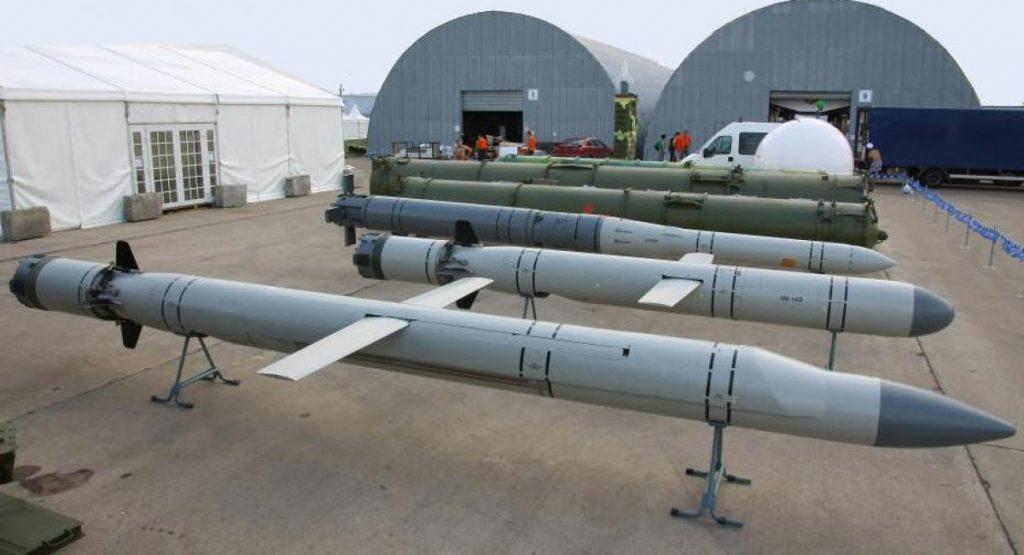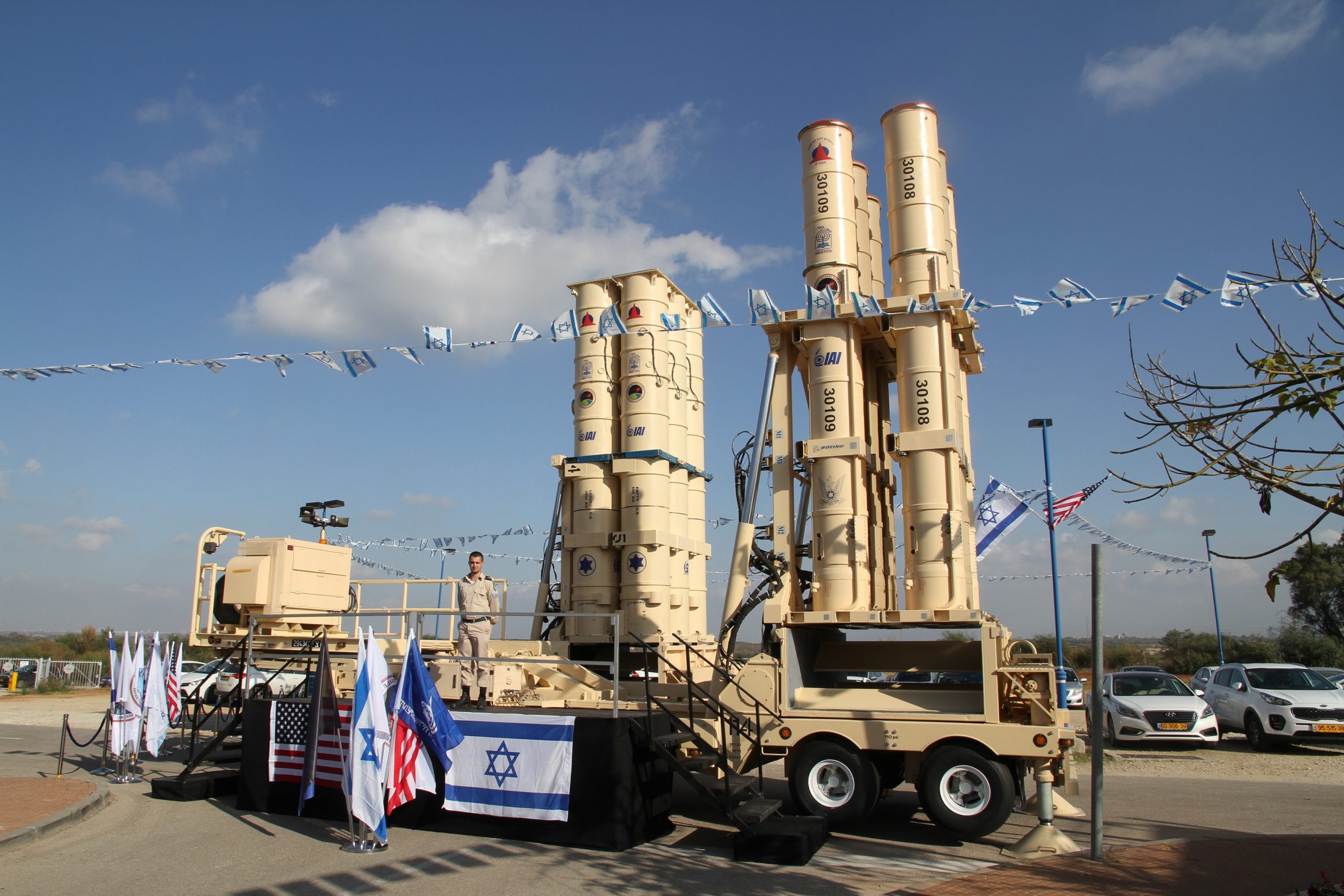After the latest Russian drone attacks on Ukraine, components were found in the Shahed kamikaze drones that indicate these drones are being assembled in Russia, according to the Defence Intelligence of Ukraine (GUR) representative, Major General Vadym Skybytskyi.
According to information from Ukrainian intelligence, Russia plans to ramp up the production of Shahed drones on its territory, Vadym Skybytskyi said.
"We found elements in drones that indicate that the final stage of the assembly of these unmanned aerial vehicles is already taking place on the territory of Russia. This is evidenced, in particular, by the increase in the number of Russian parts in the drones," Vadym Skybytskyi said.
Vadym Skybytskyi added that during one of the Russian military-industrial complex exhibitions, it was stated that Russia intends to produce about 60 various modifications of unmanned aerial vehicles by 2030.
According to Vadym Skybytskyi, information from Ukraine's intelligence indicates that the Russians plan to produce 1300 Geranium-2 or Shahed drones in the second half of 2023 using components of both foreign and domestic production. At the same time, Vadym Skybytskyi believes that Russia is currently unable to produce this number of unmanned aerial vehicles on its territory.
Ukraine's intelligence is collecting data on the actual capacity of drone production in Russia, where exactly the Russians assemble these drones, and which enterprises are involved in supplying parts.
Apart from attempts to increase the production of drones, Russia is ramping up the production of missiles, according to Vadym Skybytskyi. Since the beginning of spring, Russia has significantly increased missile production. In August, the Russians plan to produce about 118 Kinzhal, Iskander-M, Iskander-K, Kalibr, Kh-101, and modified Kh-22 (Kh-32) missiles, Skybytskyi said.
"In addition to the six Kinzhal missiles, the Russians planned to produce a total of 30 Iskander-M ballistic missiles, 12 Iskander-K cruise missiles, 20 Kalibr, and about 40 Kh-101 missiles in August alone. In addition, Russia is improving the Kh-22 cruise missiles. The redesigned models have a new index - Kh-32. According to our data, the Russians can supply no more than ten units of such modernized missiles per month," Vadym Skybytskyi said.
According to Ukraine's intelligence, there are currently 585 missiles in the Russian arsenal with a range of more than 500 kilometers:
- 270 Iskander missiles
- 140 Kalibr missiles
- about 100 Kh-101, Kh-555 and Kh-55 missiles with warheads.
Russia also has about 75 Kinzhal aeroballistic missiles and 150 Kh-22 missiles.
At the same time, Skybytskyi added that due to limited stocks and production of certain types of missiles, Russia is forced to change its strike tactics, launching different types of missiles, choosing targets more carefully, and investing more time in determining the flight routes of cruise missiles and drones that allow avoiding Ukrainian air defense.
The change in tactics regarding missile strikes may be related to the Russian intention to accumulate weapons before the fall and winter to attack Ukraine's energy system again, Vadym Skybytskyi said.
However, there will most likely not be such massive missile attacks as last October, November, and December, when the Russians launched 70-100 missiles at a time, Vadym Skybytskyi said.
Related:
Russians started to attack Ukraine with Shahed drones assembled in Russia
Iran helps Russia build drone factory near Moscow
Russia's attempt to produce Shahed drones off to a rough start - Defense Express
Russia starts launching cruise missiles from the Azov Sea, looking for a new tactic



